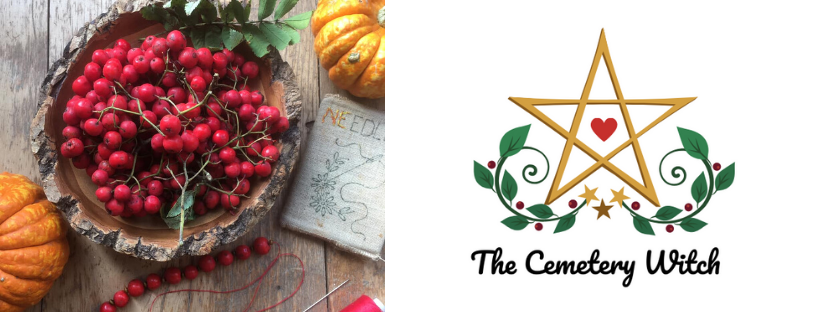Oak Apple Day, Royal Oak Day, or Restoration Day, was a holiday in England on 29th May. It was also known as Shick Shack Day or Oak & Nettle Day. It commemorated the Restoration of Charles II in May 1660, with the 29th May being Charles II’s birthday. The name refers to the event during the English Civil War when Charles hid from the Roundheads in an oak tree during the Battle of Worcester, before being crowned King of Great Britain and Ireland.
As in many places, the people of Rutland and Leicestershire celebrated Oak Apple Day and observed it by wearing oak apples and oak leaves. Those that did not wear them were stung by nettles, or pinched on the bottom, by those who did! Wearing a sprig of oak showed that the person was loyal to the restored king. This day would also become known as Pinch-Bum-Day, and it is believed by some that the royal association conceals the pagan tradition of tree worship.
In Rutland and Leicestershire boughs of oak were placed over the doors of notable people and monarchists, and over the battlements of churches. Sadly these traditions are now largely discontinued in this area, although events still happen in the U.K. including at nearby All Saints Church in Northampton, where a garland of oak-apples is laid at Charles II's statue.
